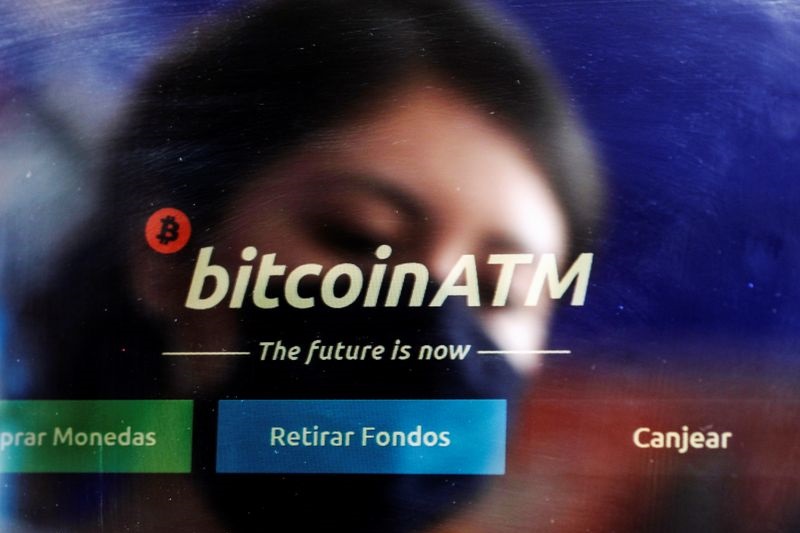U.Today - The price of Bitcoin (BTC), the biggest cryptocurrency by market capitalization, is approaching a critical test as it nears a key resistance level.
Market speculation is running high, with traders and investors closely monitoring Bitcoin's price movements, anticipating potential breakthroughs or pullbacks in the coming days.
After experiencing significant volatility in recent weeks, Bitcoin's price shows signs of stabilization, although a bigger test lies ahead for its price action. In this regard, market analysts have identified several key resistance levels that Bitcoin must overcome to sustain its upward momentum.
After dipping to lows of $54,278 in Monday's trading session, Bitcoin saw a rebound that brought it closer to a crucial resistance level that could determine its short-term trajectory.
According to crypto analyst Benjamin Cowen, the "short-term resistance for BTC is around $59,000. This is the 200 Daily SMA and would also correspond to a backtest of the trend line that BTC broke down from."
After climbing for two days at a stretch, Bitcoin retested the daily SMA 200 and briefly surpassed it, reaching highs of $59,341 in today's trading session.
At the time of writing, BTC was just up 0.83% in the last 24 hours, giving up its intraday gains as bulls confirmed resistance near the daily SMA 200.
Bitcoin short-term holders underwater
According to Glassnode, Bitcoin has seen its steepest decline since late 2022, trading below the 200DMA and causing a significant number of short-term holders to incur unrealized losses.As spot prices fall, the ratio of investor Realized Profit to Realized Loss falls along with them. According to Glassnode, this indicator has now fallen into the 0.50 to 0.75 region, a more neutral level typically observed during bull market declines.
Looking particularly at short-term holder losses, Glassnode reported a total realized loss of more than $595 million this week, the greatest loss-taking event since the 2022 cycle bottom. Furthermore, just 52 out of 5,655 trading days (less than 1%) had a higher daily loss value, indicating the severity of the decline in dollar terms.
